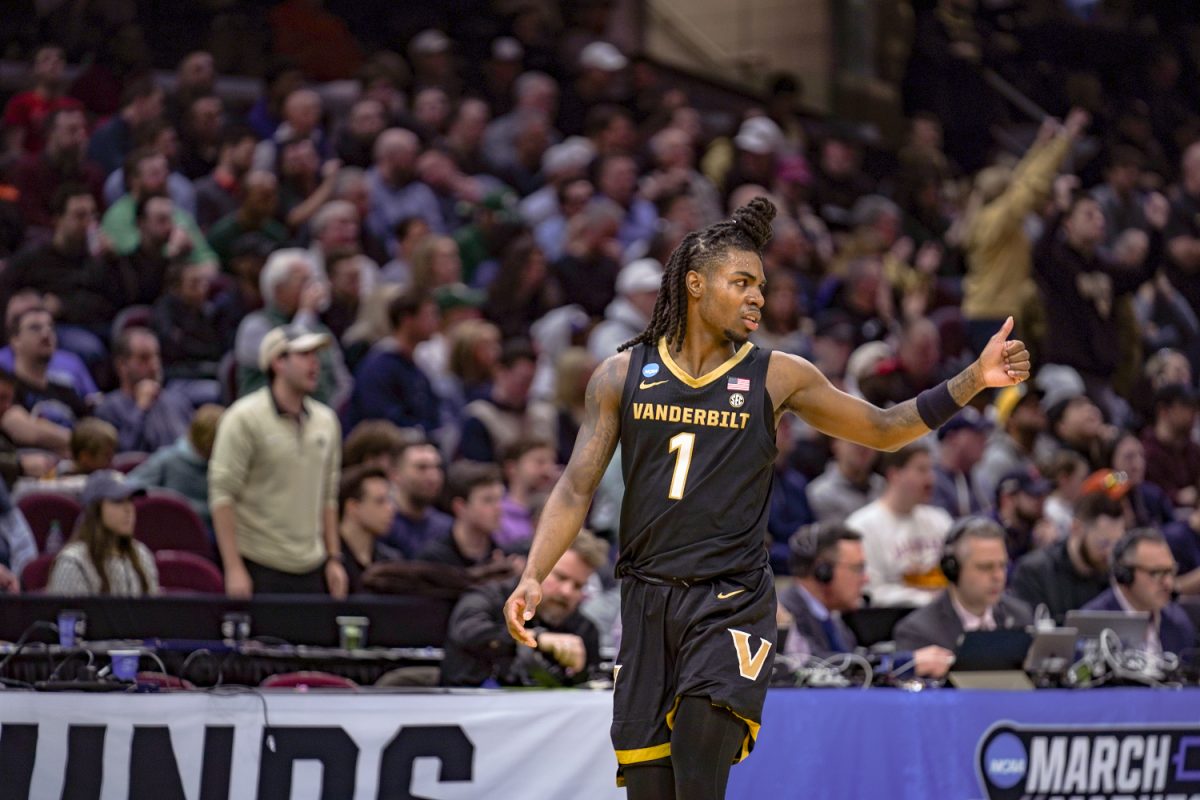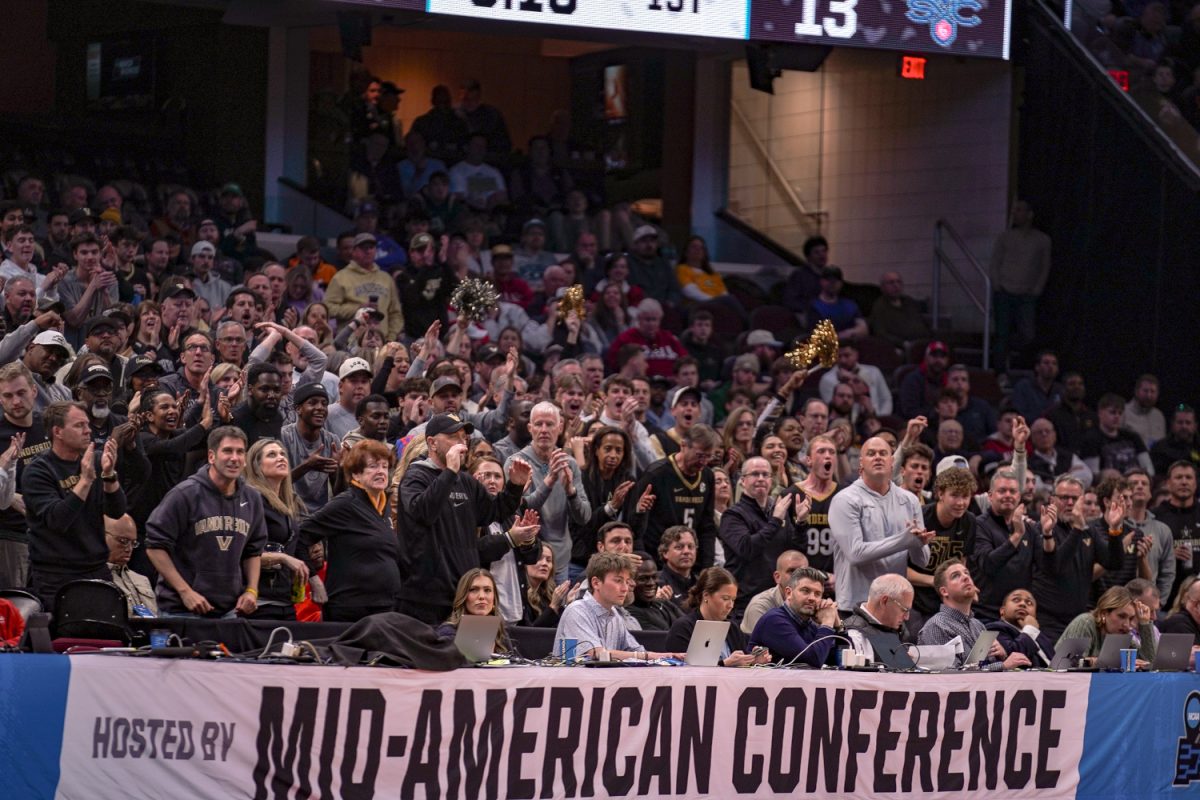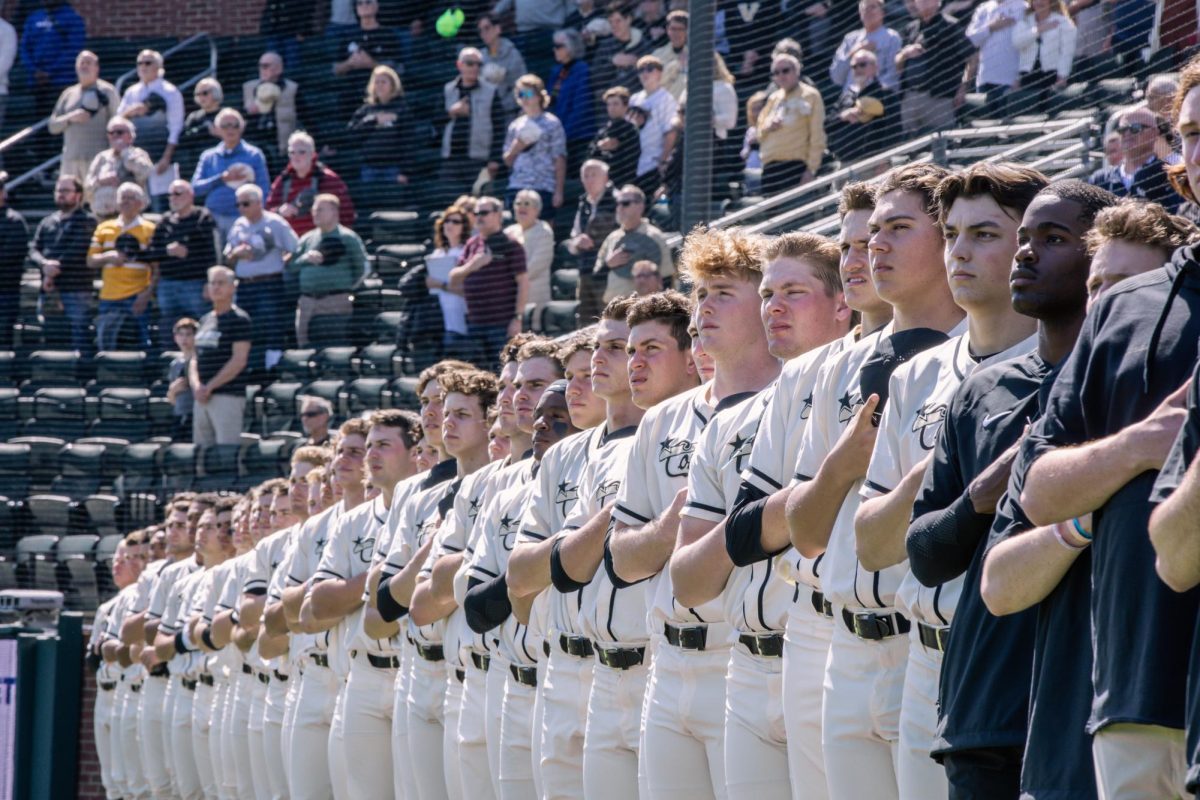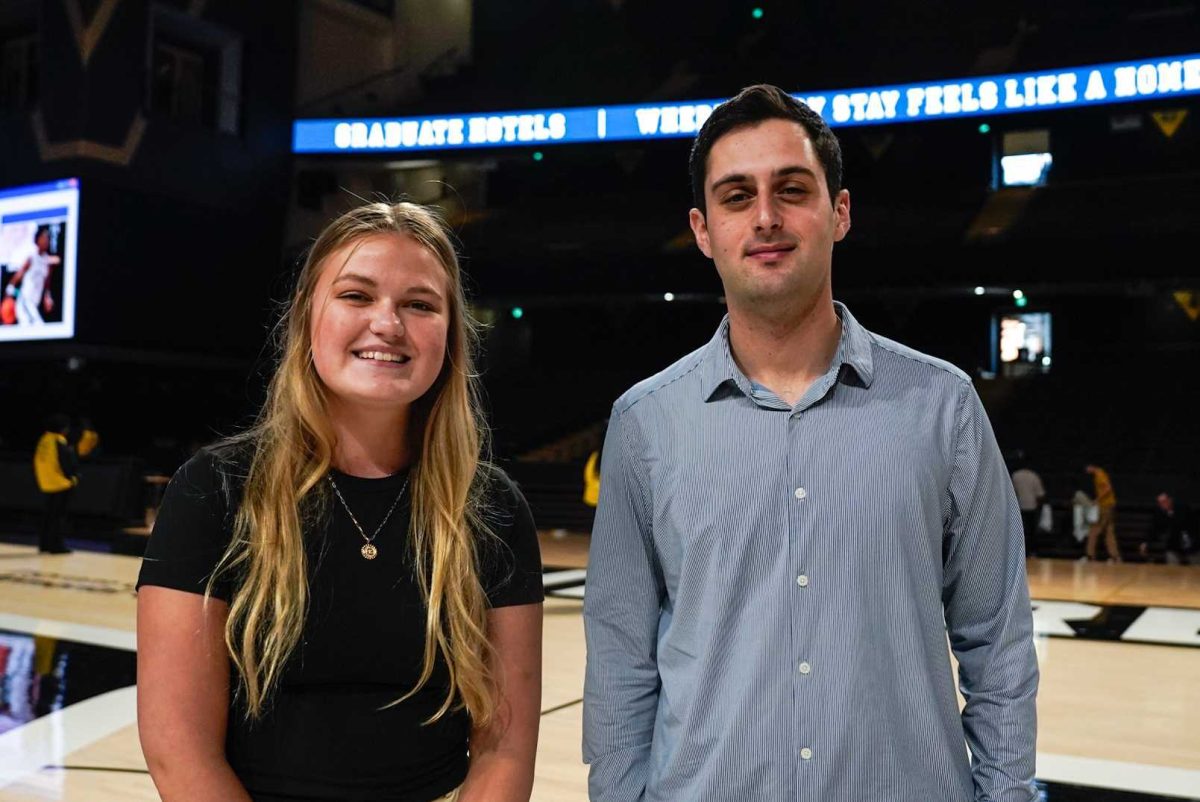On the rainy evening that was November 29, I met Anish Mago outside the student entrance of Memorial Gymnasium to cover Vanderbilt Women’s Basketball’s matchup against South Carolina Upstate. Despite a 5-0 start, the team had entered a cold stretch of three consecutive single-digit losses. The Spartans of USC (Upstate) were set to be a solid reprieve from the recent grind of high caliber competition and marked a return to relatively harmless opponents before SEC play would begin a month later.
Then came some bad news.
“Do you know why Ciaja’s out?” Mago asked as I polished off a discounted hot dog from Two-Dollar Tuesday.
More specifically, he meant Ciaja Harbison—a graduate student-athlete who leads the team in both points and assists. She is the focal point of the Commodore offense, a dual-threat scorer and playmaker through whom everything from corner threes for Jada Brown to layup opportunities for Sacha Washington flows.
And, as we learned just 30 minutes before tipoff via the team’s Twitter, she was out that night. And the next night. And the next.
Beyond a leg injury that was dubbed “day-to-day,” the exact nature of Harbison’s injury was never made public. She appears, fortunately, to be better at the moment. After missing three games, she returned to action in overtime victories over Louisiana Tech and Lipscomb both in which she played more than 40 minutes.
That’s quite the load for a player fresh-off the injury bug. In fact, she was the only player to log that many minutes in both games.
How could the coaching staff be confident their star player could shoulder the load of an SEC offense immediately upon her return? How could the team’s trainers be certain that it would be safe to do so?
The answer is a subject we’ve already explored: Data.
A month prior to the game, I sat down with assistant coach Kevin DeMille to talk data analytics. I expected to have a conversation about in-game or even practice stats — field goal efficiency, points-per-possession, the best defensive lineups and the likes.
What I got was a discussion about health and wellness data.
“We joked that by the end of [last] year, she was held together by double-sided tape,” DeMille said of graduate student-athlete Jordyn Cambridge.
As a fast-paced guard in a fast-paced conference, Cambridge sustained a number of injuries last season that threatened to keep her sidelined for extended periods. In the end, she played 29 of the team’s 31 games.
That’s because the “double-sided tape” about which DeMille joked wasn’t medical, duct or Scotch — it was a bevy of high-dollar, state-of-the-art health and wellness data collection systems that kept the team apprised of everything from heart rates to individual jumps. Data from every practice and every game, from every player on the court, was collected, processed and applied by the coaching staff and sports performance team to track their players’ health and workload. All of this is in service of designing practice and in-game reps personalized to each individual player in a way that maximizes both their immediate and longterm contributions.
“It gives us the power to engage in a little bit of load management,” DeMille said. “It helps our players that need to play a ton of minutes do a little bit less in practice so that we can save them to play 37-38 minutes in a game.”
Player preservation is an even more important and daunting task this season. Three players were ruled out for the season before the first ball was tipped off: Cambridge with a ruptured achilles, sophomore guard Iyana Moore with a torn ACL and senior forward Kaylon Smith with an achilles tear. Following freshman center Amauri Williams’ recent dismissal from the team, the Commodores are left with eight scholarship athletes and, as aforementioned, a banged-up star.
Shea Ralph’s staff, though, has a luxury not afforded to every coach in the country: a willing administrative participant.
“The exciting part about Vanderbilt right now is that Dr. [Candice] Lee and Chancellor Diermeier are well aware that we compete in the best conference in the country in every sport,” DeMille said. “To do that, we have to have the best resources.”
It’s been almost two years since Vanderbilt announced the $300 million Vandy United fund to upgrade the university’s football and basketball facilities. Less than a month after that announcement came the hiring of head coach Ralph from UConn — one of the elite programs in the sport.
Since joining the staff, Ralph and Co. have had no problems getting the resources necessary to compete with other SEC schools. One of those resources is Hudl Sportscode — a stat-tracking and video-breakdown program used by the women’s basketball, men’s basketball and football teams.
Sportscode allows video coordinator David Myckowiak to prepare nearly limitless reports for the coaching staff on the performance of individual players and lineups.
“Numbers don’t lie,” Myckowiak said. “If you run a set 15 times and you score twice on it, it’s not working.”
The team has also begun to keep track of more mundane “hustle stats,” such as drawn charges and loose ball dives. This data is used in conjunction with a point system to emphasize some of the critical components of winning basketball that aren’t reflected on a standard box score.
All of this is made possible by the willingness of the Vanderbilt Administration to play ball.
“Here, we’re able to purchase the top line products,” Myckowiak said. “It gives us a competitive advantage over other schools.”
After an 0-2 start to SEC play, Vanderbilt Women’s Basketball — as well as every Vanderbilt program, truthfully — will need all of the competitive advantages it can muster.
Texas and Oklahoma loom on the conference horizon. The rapid proliferation of NIL has extended bidding wars from facilities, coaches and assistants to individual players. Loosened restrictions for transfer athletes makes recruiting a constant affair. Casting a shadow upon the Commodores’ continued ability to compete is that Vanderbilt — with its comparably small fan, alumni and donor base and rigorous academic requirements — is at a competitive disadvantage when it comes to student attendance, fundraising, recruiting and the transfer portal.
But maybe the nerdiest school in the SEC has found a way to even the odds. It’s only fitting that it involves numbers.
Vanderbilt Men’s Basketball declined to comment on this topic.










